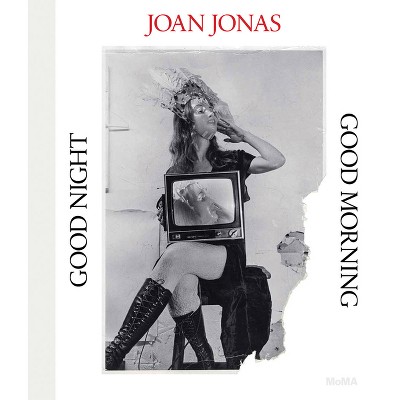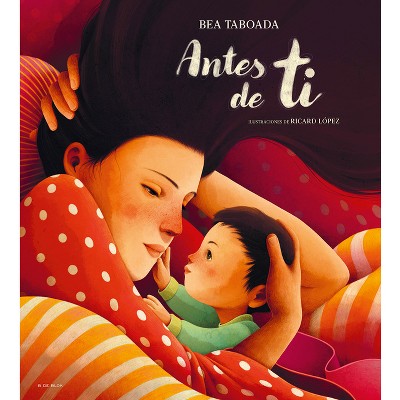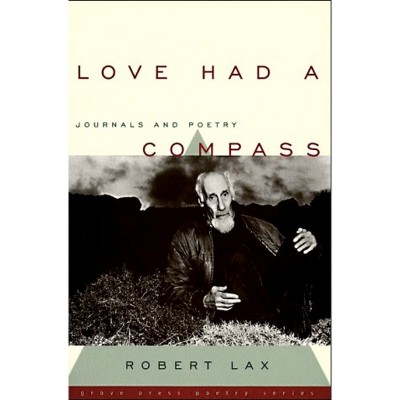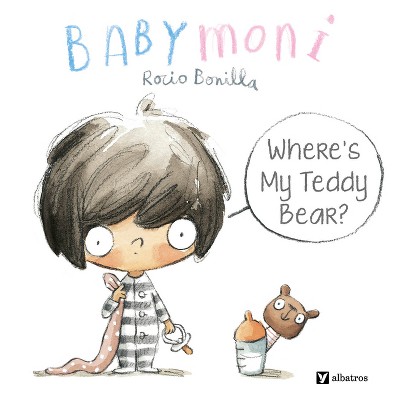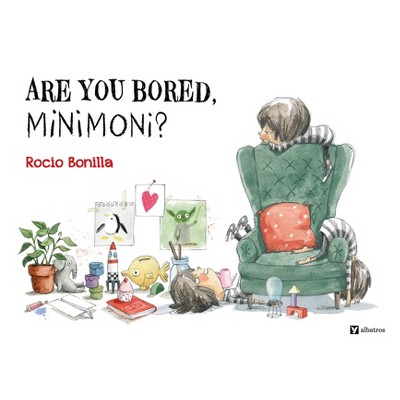Sponsored

Just Above Midtown: Changing Spaces - by Thomas J Lax & Lilia Rocio Taboada (Paperback)
In Stock
Sponsored
About this item
Highlights
- An archival dive with fresh interpretations of the legendary New York gallery and cultural laboratory that catalyzed collaboration among Black artists and their counterparts of diverse backgroundsJust Above Midtown, or JAM, was an art gallery and self-described laboratory for experimentation led by Linda Goode Bryant that foregrounded African American artists and artists of color.
- Author(s): Thomas J Lax & Lilia Rocio Taboada
- 184 Pages
- Art, American
Description
About the Book
Just Above Midtown, or JAM, was an art gallery and self-described laboratory for experimentation led by Linda Goode Bryant that foregrounded African American artists and artists of color. Open from 1974 to 1986, it was a place where an expansive idea of contemporary art flourished and debate was cultivated. The gallery offered early opportunities for artists recognized as pivotal figures in late-20th-century art--including David Hammons, Butch Morris, Senga Nengudi, Lorraine O'Grady and Howardena Pindell--as well as a nonhierarchical approach to art that welcomed artists without stylistic proscription. Published in conjunction with the first museum exhibition to focus on this gallery and its ongoing impact, this book showcases rarely seen material from JAM's history--artworks, ephemera and photographs--that collectively document the gallery's communal and programmatic activities. It includes essays that contextualize JAM and consider its legacy, a conversation between Goode Bryant and Thelma Golden, Director and Chief Curator of the Studio Museum in Harlem, a complete exhibition chronology written by MoMA and Studio Museum staff with nearly 50 annotated entries, and excerpts from oral histories with JAM staff and artists conducted especially for this project.Book Synopsis
An archival dive with fresh interpretations of the legendary New York gallery and cultural laboratory that catalyzed collaboration among Black artists and their counterparts of diverse backgrounds
Just Above Midtown, or JAM, was an art gallery and self-described laboratory for experimentation led by Linda Goode Bryant that foregrounded African American artists and artists of color. Open from 1974 to 1986, it was a place where an expansive idea of contemporary art flourished and debate was cultivated. The gallery offered early opportunities for artists recognized as pivotal figures in late-20th-century art--including David Hammons, Butch Morris, Senga Nengudi, Lorraine O'Grady and Howardena Pindell--as well as a nonhierarchical approach to art that welcomed artists without stylistic proscription.
Published in conjunction with the first museum exhibition to focus on this visionary gallery and its ongoing impact, Just Above Midtown: Changing Spaces showcases rarely seen material from JAM's history--artworks, ephemera and photographs--that collectively document the gallery's communal and programmatic activities. This richly illustrated, jacketed paperback catalog includes essays that contextualize JAM and consider its legacy, a conversation between Goode Bryant and Thelma Golden, Director and Chief Curator of the Studio Museum in Harlem, a complete exhibition chronology written by MoMA and Studio Museum staff with nearly 50 annotated entries, and excerpts from oral histories with JAM staff and artists conducted especially for this project.
"I walked in and I was like, Yes! And I remember thinking, 'I don't care if I never show there, I'm so glad to know it exists.' It was like it gave my brain another dimension. I had something to look to." -Janet Olivia Henry, JAM volunteer and artist
"JAM has always been like a snowball on a hill, always gaining momentum. I'm still connected with all the things that happened there. Just Above Midtown--as much as it is a physical entity, it's also a spiritual entity. It has never not been a part of my thinking as an artist, or a part of my life as an artist, or a part of my momentum as an artist." -Randy Williams, artist and educator
Review Quotes
Every choice in the book, from the typography to the color choices elevates and amplifies the stories being told.-- "AIGA"
Capture[s] JAM's collaborative, community-oriented, crusading ethos and highlight Bryant's enterprising nature and advocacy for Black artists.--Taylor Michael "Hyperallergic"
A well-researched resource on the institution that reprints all the archival materials, and includes quotes from curators, artists, and historians.--Megan Liberty "Brooklyn Rail"
Bryant stuck to her guns, convinced New York artists could use a look at work that pushed beyond Western abstraction and expanded notions of what could be considered art materials.--Stephanie Eckardt "W Magazine"
In the catalogue, there are wonderful photographs of Black powerhouses like Stevie Wonder and Roberta Flack (who funded a show at jam) stopping by the gallery to commune with the work.--Hilton Als "New Yorker"
The book captures the JAM vibe, and its lead essay by Thomas (T.) Jean Lax, one of the MoMA show's curators, that gets my vote as best of the year.--Holland Cotter "New York Times: Arts"
The gallery ethos recognised its divergence from the art industry, embraced collectivism and improvisation, and, of course, provided the space and time needed to create something sweet and delicious.--Anisa Tavangar "Art Newspaper"
JAM was a feeling of possibility more than it was a destination and an incentive to experiment more than a platform to sell work. It was an artistic community where process trumped product and mutual aid replaced capital with a barter system of creative exchange and healthy debate.--Cassidy George "New York Magazine: The Cut"
Promises to expand our understanding of art history and actually succeeds in doing so.--Alex Greenberger "ARTnews"
Provide[s] a venue for Black artists to show at a level of visibility readily available to their white peers, and allowed them to pursue work in whatever medium and mode suited them.-- "NPR: WNYC"
Remarkable for its ability to capture and redistribute a spirit of rebellion--the ethos that drove Bryant and others to make and give space to art that resisted market and institutional trends.--Ayanna Dozier "Artsy"
The significance of doing a show at MoMA--which, although nearby, might as well have been miles away from JAM when it was operating--proved compelling.--Folasade Ologundudu "Artnet"
What resulted from this artist-first mission was some of the most notable avant-garde art of the 20th century.--Nina Raemont "Smithsonian"
Bryant understood that the urge to creativity was real; that an indispensable condition for nurture is generosity; and that generosity is a practice of interdependence -- an energy exchange from which all parties profit. MoMA's scrappy, artful document of a show is a salute to that idea, one that honors a past and encourages a when-in-doubt-do-it future.--Holland Cotter "New York Times: Arts"
The process of creating the exhibition has been one of Goode Bryant constantly pushing the museum to work differently and the museum finding creative ways to support JAM's values and its artists. That desire to transform what is into what could be is intrinsic to her way of working.--Aruna D'Souza "New York Times: Arts"
What set JAM apart, though, wasn't just the gale-force talent that blew through the gallery; it was the way so many of the people connected to it seemed to view art as an exquisitely jagged, intensely personal, inherently social part of life.--Stephen Mooallem "Harper's Bazaar"
Shipping details
Return details
Trending Non-Fiction






